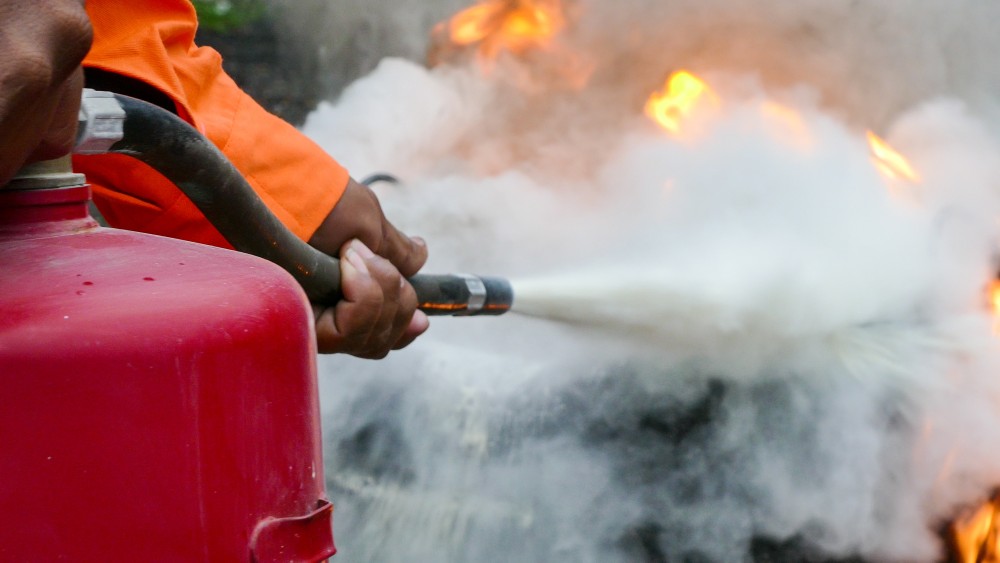Fire protection is a necessity for any Sydney business. It’s not only legally required however, it’s an effective way of keeping personnel, customers, and even property secure. A fire can cause catastrophic loss of money in just a few minutes, but the risks involved can be minimized or prevented with the right security measures put in place. The combination of inspections for fires, electrical system testing and tagging, and complying with CFSP regulations all contribute to the safety of workers and assure that the business is in compliance with the Building Code of Australia and local council standards.
Why fire inspections are the backbone of safety
The first line of defense is fire inspections. Inspections are conducted to ensure that the fire safety system in a building is up-to-date and in good working order. Many businesses located in Sydney are required to carry out inspections 6 or 12 times each year, based on the building’s type and the regulations of the council. A typical inspection covers everything from fire alarm panels and sprinkler systems to smoke alarms, hydrants, extinguishers and emergency lighting.

The reason inspections are so important is their ability to spot hidden issues before they become dangerous. While it might not be important that a slight issue in a fire hydrant or an alarm for smoke that’s blocked, can be fatal in the event of a crisis. Business owners who regularly inspect their fire hydrants are fulfilling their legal requirements and taking precautions against unexpected disasters.
Potential electrical hazards that are hidden can be addressed by testing and labeling
Electrical systems are one of the leading causes of workplace fires, which is why testing and tagging should always be part of a fire safety plan. This involves testing the electrical equipment to make sure it’s safe, functioning and compliant. This is followed by attaching a visible label that demonstrates the item has passed inspection. This is a requirement that is often not simple to fulfill. For many companies it’s an effective way of avoiding the possibility of a risk.
Old, worn-out, or unchecked cables, appliances that are defective or wiring that is not up to date can quickly turn into dangers to fire. Regular testing and marking minimizes the chance of an electrical malfunction causing a fire. Also, it assures employees that their work environment is secure, thereby fostering confidence and trust in the workplace. In conjunction with fire inspections and testing, this comprehensive safety plan reduces risks from a variety of angles.
The job of CFSP for Compliance and Certification
In New South Wales, only an Competent Fire Safety Practitioner (CFSP) is authorized to certify and sign important documents for fire safety, like Annual Fire Safety Statements. The introduction of CFSP certification has improved standards in fire safety, ensuring only certified professionals are able to assess and verify safety. For those who own businesses, having the CFSP means that inspections and reports aren’t just a routine document but dependable evaluations conducted by professionals.
The CFSP’s job is more than performing checks on boxes. These professionals assess the performance and condition of fire safety systems and present complete reports. They also confirm compliance with regulatory requirements. Companies that do not have CFSP certification face the threat of fines, legal complications and even shut-down if fire safety measures are found to be insufficient. Partnering with accredited professionals ensures that the systems for fire safety are in place in a proper manner and that compliance requirements are met without unnecessary stress.
The Fire Safety Act: A Lifelong Engagement
Safety in the event of fire is not just a one-time responsibility, but an ongoing responsibility for every business owner. Regularly scheduled inspections and tests of electrical equipment, together with proper certification by CFSP and CFSP, create a security cycle that doesn’t end. Beyond legal compliance the continuous approach creates the culture of safety in the workplace. Employees are more comfortable when they know that evacuation plans, smoke alarms, emergency lighting, and fire suppression systems are in place.
Fire safety is a ongoing process, not a checkbox which businesses must mark each year. This reduces risk and enhances the reputation of a company. If a workplace is geared towards security, clients and customers will be more relaxed. In the long run, investing in proactive fire protection saves costs by avoiding costly damages such as fines, legal battles, as well as protecting the lives of those who enters the premises.
Conclusion
Sydney fire safety requires a multi-layered approach that includes testing and inspections for fire tags and certifications by an CFSP. Each of these elements is crucial to making sure that businesses comply with the laws, and more important, that people and properties are protected. Companies that place safety as a priority in their operations and not just an added note will be able to meet their legal obligations and create a more stable, secure environment.